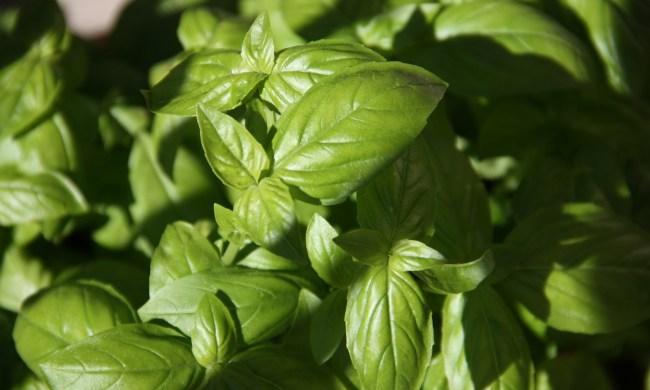Willow trees are perhaps best known for their striking silhouette, with long, hanging branches dangling over water. While not all types of willows have this iconic shape, they are still gorgeous and easy to care for. If you want to add a few willow trees to your yard or garden, here are some of our favorites! These 5 types of willow trees cover a range of sizes and climates, so you’ll have options no matter what type of environment you want to plant your willow tree in.
Weeping willow

Weeping willows are perhaps one of the most easily recognizable trees, and they’re a great fit for many yards and gardens. While they most often grow beside lakes or rivers, you don’t need a water feature to grow a weeping willow. As long as the soil is regularly moist, your weeping willow will do just fine.
Plant your weeping willow in full sun for the best results, and water it during droughts or hot weather. Weeping willows typically don’t need fertilizer, but they can benefit from compost if your soil needs a boost. Weeping willows are considered hardy in zones 6 to 8, but can grow in the surrounding zone with extra care.
Weeping golden willow

As the name suggests, the weeping golden willow is another weeping tree, meaning it has the same long, hanging branches that weeping willows do. Weeping golden willows are a hybrid between weeping willows and white willows, although you can find similarly named white willow varieties.
If you enjoy the general look of a weeping willow, but wish it had a more vibrant color, then this is the tree for you. Plant your weeping golden willow in moist soil and full sun to keep it happy and healthy. Due to being part white willows, weeping golden willows are fairly frost tolerant and have a slightly broader hardiness zone range as a result.
Black willow

Black willow is a fast-growing willow species that’s native to the eastern part of the U.S. While it isn’t particularly heat tolerant, it is more drought tolerant than some types of willow trees. Black willows are not weeping, but they do still have the classic willow leaf shape. Their more upright branches and fast growth speed make black willows a great choice for shade trees.
Plant your black willow in full sun to partial shade. They prefer moist soil, like most willows, and are particularly suited to riverbanks or lakeshores. While a short or mild drought is unlikely to kill these hardy trees, you may notice dropped leaves or faded colors, so continue watering them if you are able to.
Peachleaf willow

Peachleaf willows are among the smaller types of willow trees, typically growing to around 40 to 70 feet tall, but they are still fast growing. Native to the eastern part of the U.S. and parts of the Great Plains, peachleaf willow trees are one of the more heat-tolerant willow tree species. While they don’t enjoy extreme heat or cold, they can tolerate up to 95 degrees Fahrenheit, which is more than many other willow trees.
Peachleaf willow trees also stand out as multi-trunked willow trees. While some larger willow trees may have two or three trunks, peachleaf willow trees can have several trunks, clustered together around a central point. This makes them a good option if you’re looking for a smaller shade tree, as the wider crown can provide more shade without encroaching on any overhanging structures.
Narrowleaf willow

Narrowleaf willow trees might be more accurately described as shrubs, since these short trees typically don’t get much taller than 15 feet. They’re native across the U.S., but are now more commonly found in the West and are considered endangered in the East. If you want a willow tree that can grow in containers, this is the tree for you.
When it comes to hardiness zones, this is perhaps the most versatile willow. It grows naturally from Washington to Texas and can even grow in parts of Alaska, provided it has enough support. Narrowleaf willow tree care is similar to other willows. Plant it in full sun to partial shade, preferably in moist soil. One notable exception is that narrowleaf willows are more tolerant of flooding than some other types of willow trees.
From the classic weeping willow to the unique peachleaf willow, there are many beautiful and fascinating types of willow trees to choose from. Many, although not all, willow trees are also native to the U.S., and their flowers, fruits, and leaves provide a vital food source for native wildlife. Whether you choose a native willow, like the peachleaf, narrowleaf, or black willow, or choose something from elsewhere, like the classic weeping willow, you’ll love having these stunning trees in your yard or garden.




